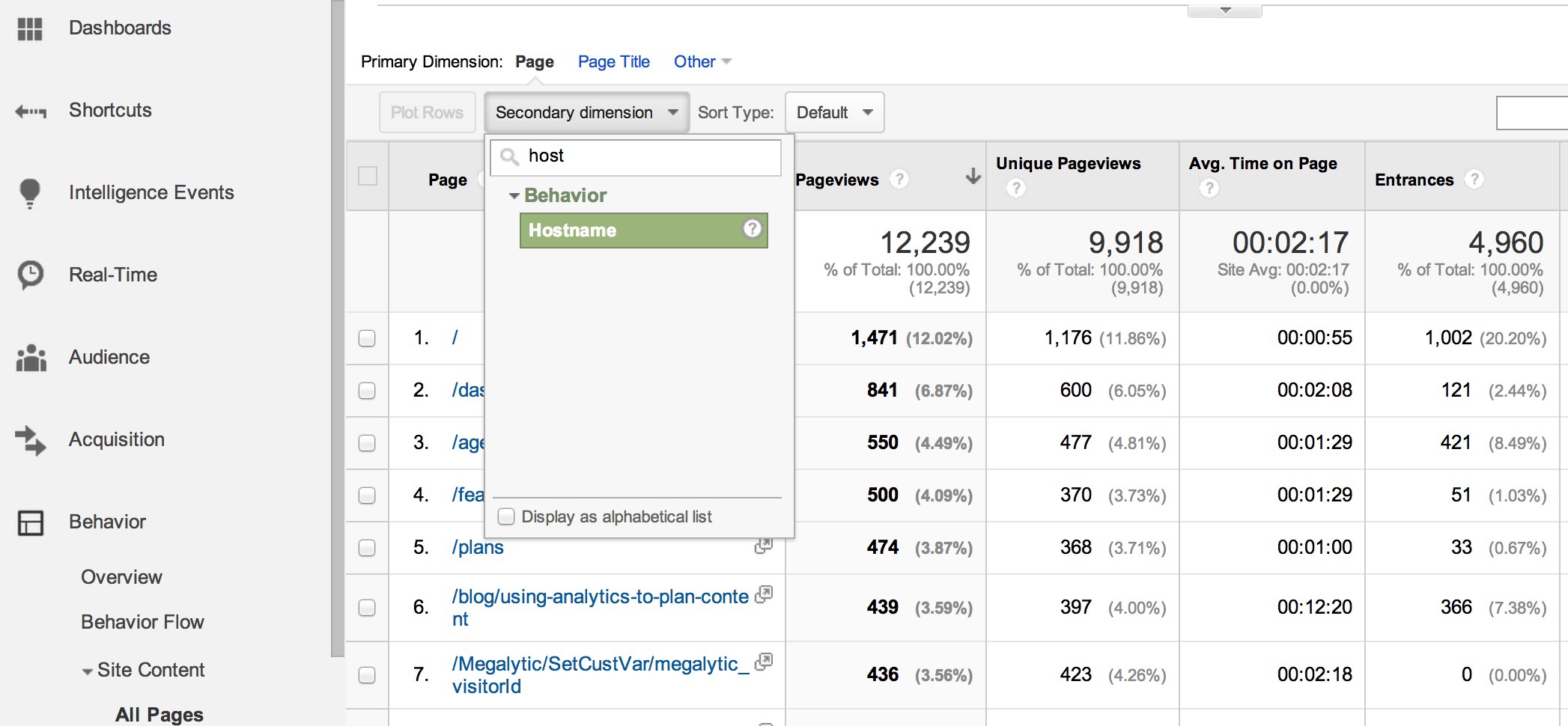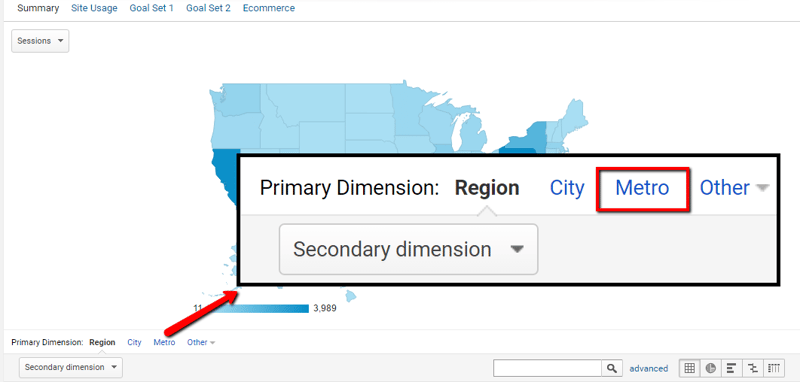Demystifying Second Measurement in Google Analytics: The Trick to Understanding Your Data Like Never Prior To
In the middle of the huge selection of devices available, Google Analytics stands out as a powerhouse, yet several customers continue to be uninformed of the untapped potential existing within its Additional Dimension feature. Comprehending the subtleties of Second Measurement might be the missing out on item in your analytics puzzle, dropping light on patterns and relationships that were formerly obscured.
Understanding the Fundamentals of Additional Measurement
Additional measurements in Google Analytics act as supplementary characteristics that offer deeper understandings into primary data metrics, enhancing the overall understanding of user habits and interactions on a web site. By adding second measurements to your main information metrics, you can segment and analyze your information further, uncovering beneficial info that might have been concealed otherwise.
Understanding the basics of additional measurements is essential for maximizing your web site's efficiency and individual experience. what is a “secondary dimension” in google analytics?. When utilizing second dimensions, it is vital to understand that they can be included in various reports in Google Analytics, permitting you to check out added facets of your data beyond the basic measurements
In addition, additional dimensions allow you to contrast and contrast different information points, aiding you recognize patterns, patterns, and correlations that can educate your advertising strategies and web site optimizations. Whether examining traffic resources, customer demographics, or actions on details web pages, second dimensions play a critical function in extracting purposeful understandings from your Google Analytics information.
Using Second Measurement in Records
To deepen the analysis of customer habits and communications on a web site, incorporating additional measurements right into records in Google Analytics gives a much more extensive understanding of data metrics. By applying additional measurements in reports, experts can uncover valuable insights that exceed the surface-level information supplied by main measurements alone. This feature allows individuals to sector and pierce down into their data additionally, revealing correlations and patterns that may have otherwise gone undetected.
Via the application of secondary measurements, users can obtain a much deeper understanding of the context surrounding their primary data points. For instance, combining the key dimension of 'source/medium' with an additional measurement like 'touchdown web page' can disclose which details touchdown pages are driving website traffic from various sources. This level of granularity can assist online marketers customize their approaches to maximize efficiency based on these in-depth understandings.
Studying Information With Second Measurement
Using second dimensions in data evaluation enhances the depth of understandings originated from Google Analytics records. By adding an additional measurement to your key data collections, you can reveal useful relationships and patterns that could otherwise remain unnoticed. This extra layer of information enables more nuanced interpretations of user behavior, web traffic sources, and various other essential metrics.
When evaluating information with secondary dimensions, it is important to concentrate on pertinent combinations that line up with your certain objectives. Combining the primary measurement of 'landing web pages' with a second measurement like 'device category' can disclose exactly how different devices impact the performance of numerous touchdown web pages. This type of evaluation can result in actionable insights, such as optimizing page formats for specific tools to boost total individual experience and conversion rates.
Moreover, leveraging additional measurements enables you to section you could try this out and contrast information extra properly, giving a thorough view of your site's efficiency from various angles. This multifaceted approach to data analysis empowers companies to make informed decisions and customize their techniques for maximum effect.

Advanced Techniques With Additional Measurement
One advanced strategy entails making use of additional measurements to segment data even more, allowing an extra granular analysis of individual habits. Pairing the key dimension of 'Source/Medium' with the second measurement of 'Device Group' can reveal how different devices add to traffic from various sources.
Moreover, using second measurements together with filters enables even more specific information control. Filtering data by details standards and after that adding secondary dimensions can give a more clear image of user communications based on various qualities. This approach is specifically beneficial for identifying patterns or abnormalities within fractional information sets.
In addition, using second measurements in custom records or visit here control panels can enhance the evaluation process and assist in the tracking of essential efficiency indications throughout different dimensions. By tailoring reports with additional dimensions, analysts can focus on certain metrics tailored to their unique logical demands, boosting the general data analysis and decision-making procedure.
Enhancing Data Interpretation With Additional Measurement
Enhancing data analysis with secondary dimensions in Google Analytics gives a much deeper understanding of customer behavior and insights right into vital efficiency metrics. what is a “secondary dimension” in google analytics?. site link By making use of secondary dimensions, experts can section and filter their data to uncover useful patterns and fads that may not be right away evident when looking at the information in its primary kind. This improved degree of granularity enables for an extra extensive analysis of individual communications on a site or application
Second dimensions can be particularly useful in isolating particular variables that might affect user habits, such as the resource of traffic, device kind, or geographical place. By layering these additional measurements onto key data collections, experts can get a much more nuanced viewpoint on just how various factors affect individual engagement and conversion prices.
Final Thought
In verdict, utilizing the secondary measurement attribute in Google Analytics gives a deeper degree of insight into web site information by allowing customers to assess information from numerous point of views. By applying additional measurements in records, analyzing data, and utilizing innovative strategies, individuals can enhance their data analysis and make even more educated decisions for their websites - what is a “secondary dimension” in google analytics?. Recognizing and leveraging second dimensions is vital for gaining a thorough understanding of web site performance and customer actions

In conclusion, using the secondary dimension function in Google Analytics provides a much deeper degree of understanding into internet site information by allowing customers to examine data from several perspectives.